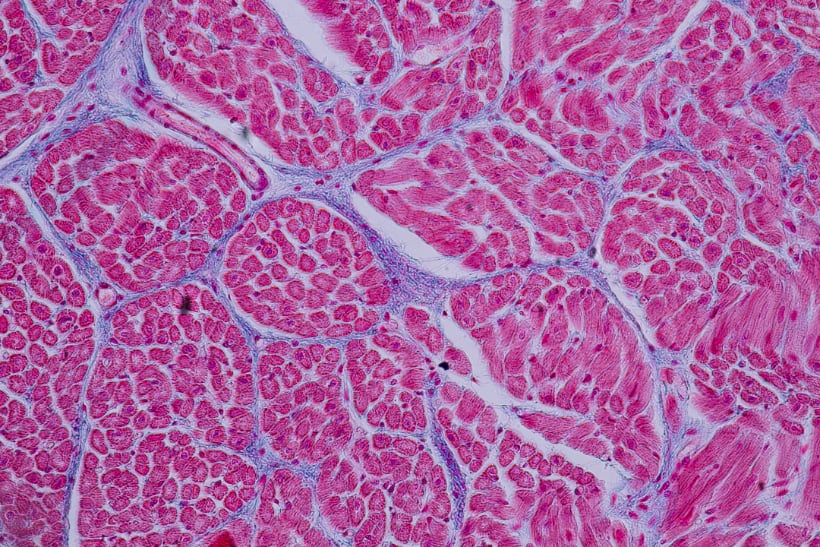By Dr. Jonathan Shurlock
The idea of tissue engineering a human heart for use in transplant seems as though it should be one for the future. Bioengieers from the Harvard John A. Paulson School of Engineering and Applied Sciences (SEAS) have been working on just this. One of the complexities of this engineering feat is the role of helical geometries in cardiac tissue which provide a rotational contracting motion during periods of high cardiac output. Though this concept has been theorised for some time, it has been difficult to conclusively prove the role of the spiral arrangement of the myocardium and it’s relation to cardiac output.
The SEAS group have utilised a new manufacturing method known as Focused Rotary Jet Spinning, which allows the creation of fibres arranged in a helical alignment across a wide range of diameters (a few micrometres to several hundred nanometres). The fibres created by this technique allow the control of the direction of cell alignment of engineered structures. In this work, a liquid polymer was used to spin fibres into a helical arrangement, upon which cardiac cells can be grown.
The group has demonstrated that through the helical alignment of cardiac cells and subsequent overall muscle alignment has a significant impact on the volume of blood the engineered ventricle can pump in each cycle. The reality of the human heart’s cellular orientation is particularly complex, with multiple layers of helically aligned muscle fibres, an anatomy that these engineers have tried to replicate. The ventricles produced were described as mimicking the same rotational contractions seen in human hearts, and thus outperforming manufactured ventricles with circumferential arrangements.
While this work is some way from clinical use, the potential implications of bio-engineering a functioning human heart are significant, particularly in the context of a growing waiting list for heart transplant.
See the full paper in Science here:
https://www.science.org/doi/10.1126/science.abl6395
A short (< 2 minutes) video explaining the manufacturing process can be found here:

